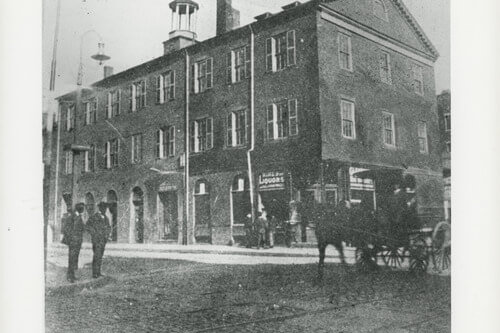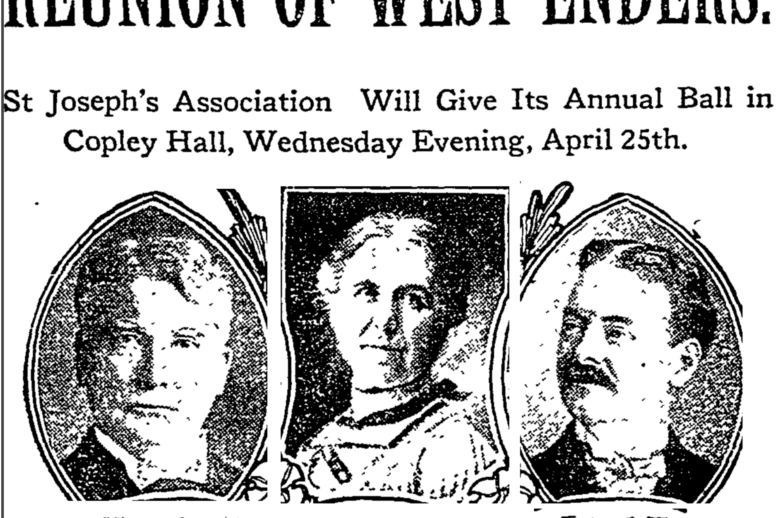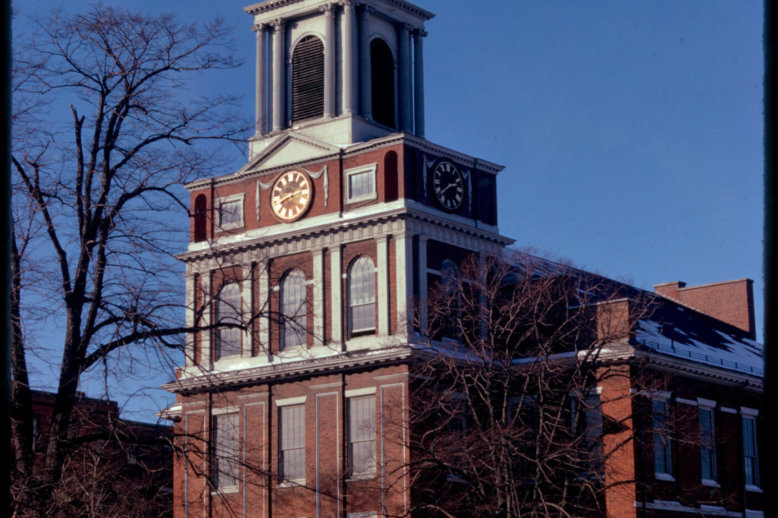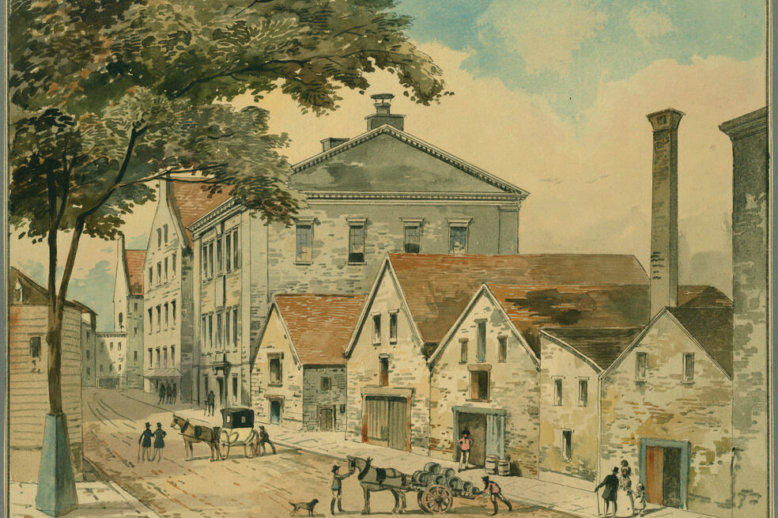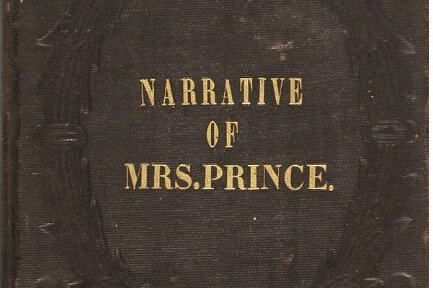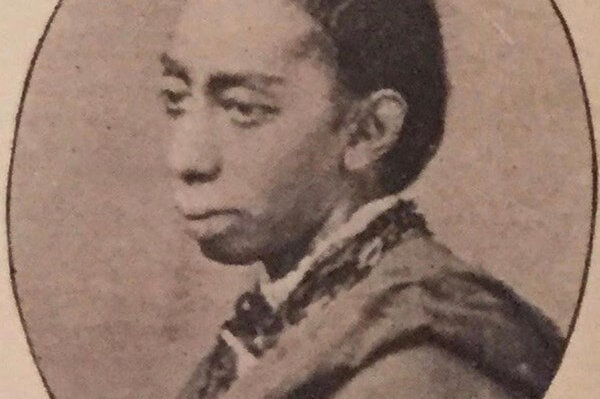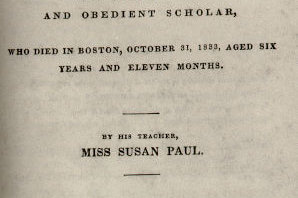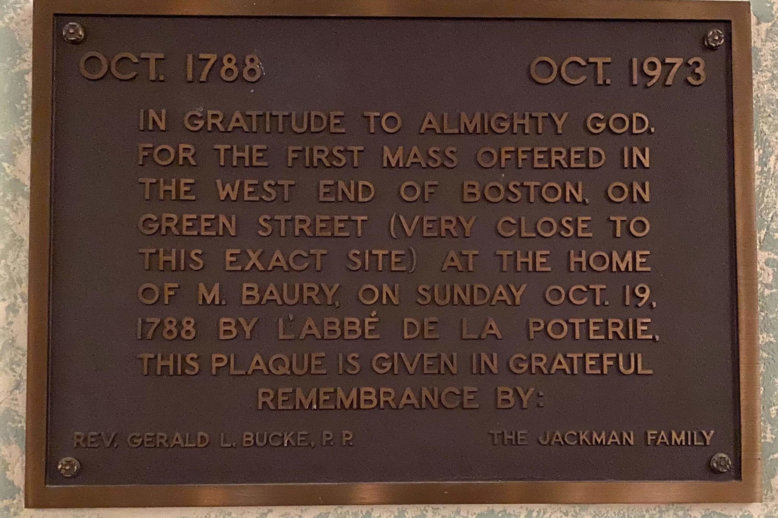The Parkman Market
Charles Bulfinch and his architecture transformed Boston during the Federalist era. Many of his works, such as the Massachusetts State House, still grace the city today. One of his now lost and lesser known buildings, the Parkman Market, served the West End as a public market, a factory, and an early home of St. Joseph’s congregation. Despite its historic significance, it did not survive Urban Renewal.

